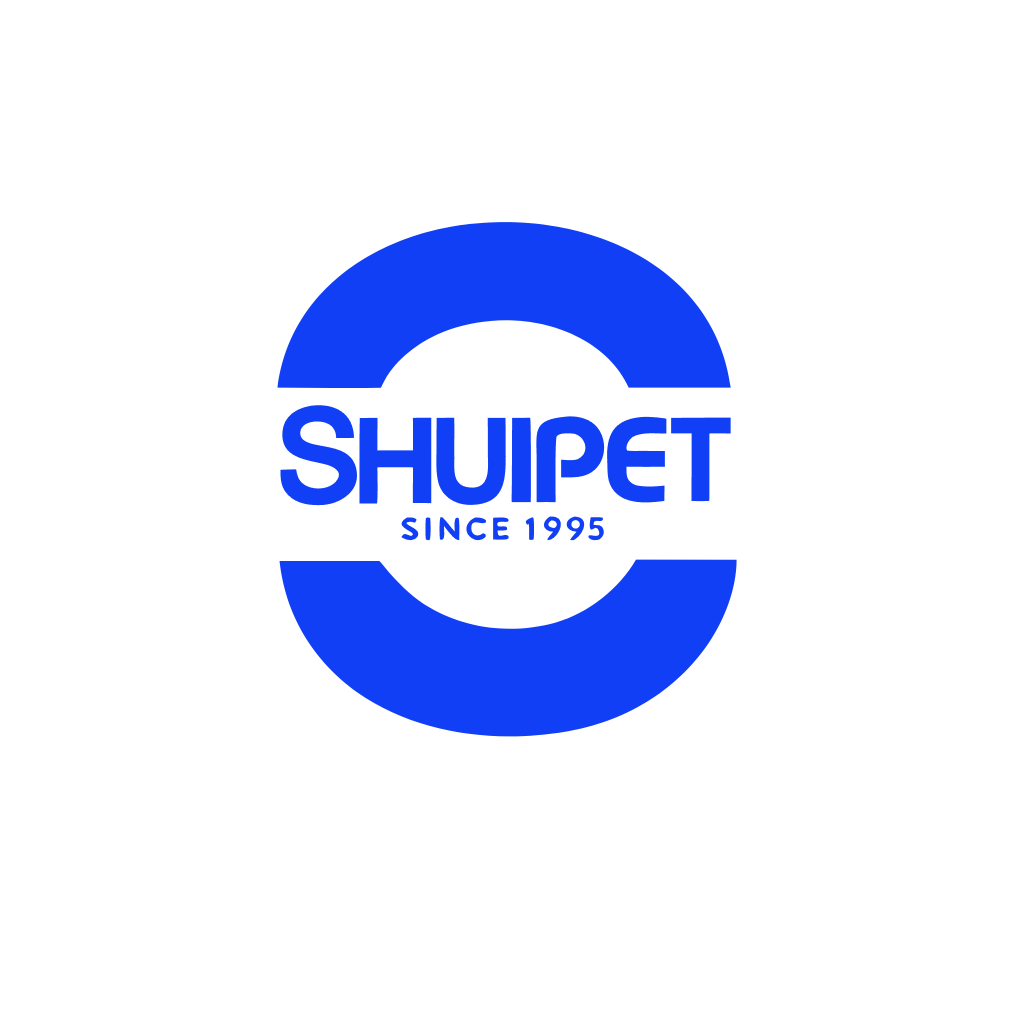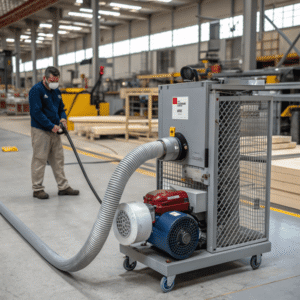5 Best Industrial Vacuum Cleaners of the Year: Which Machines Stand Out?
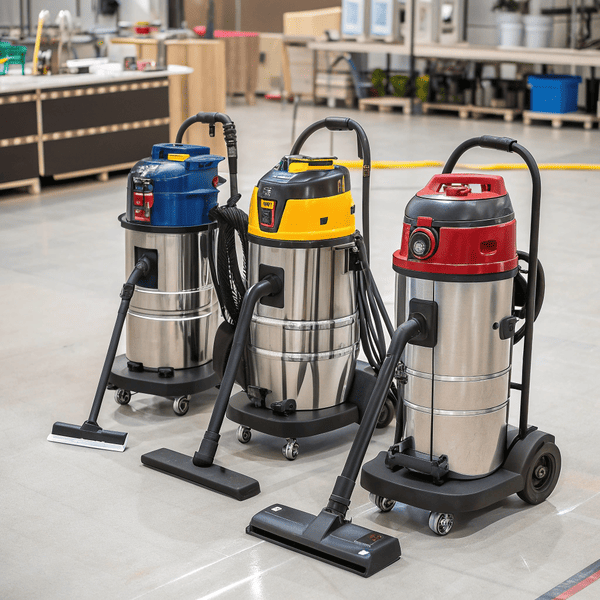
Industrial environments are messy. Dust piles up. Tools shed debris. Most workers struggle to keep things clean and safe day after day.
Industrial vacuum cleaners solve this headache. The best models pull in heavy and fine debris fast, saving time and raising safety. I’ll break down this year’s top performers and their standout features.
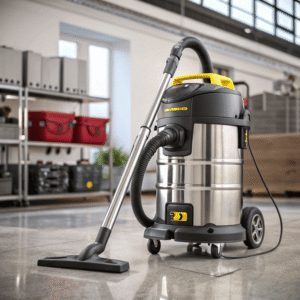
If you’re like me, every time you shop for machines, hundreds of options appear. Sometimes, it’s overwhelming. You want to know which models are best and why. You want clear, direct advice. This post brings that to you. Keep reading to see the top picks—and why they matter.
What are the top 5 rated vacuum cleaners?
Every year, manufacturers release new equipment. Reviews pour in. But only a handful prove their worth with real users.
The 5 highest-rated industrial vacuum cleaners are Nilfisk Attix 33, Kärcher NT 75/2, Henry HVR200, Dewalt DXV10P, and Makita VC4710.
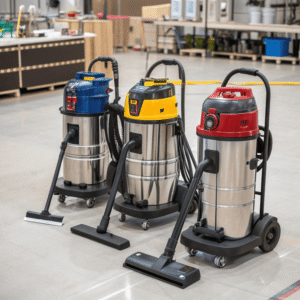
Let’s break down why these five keep getting positive reviews. Each has its own specialty. Nilfisk Attix 33 is famous for its high airflow and strong build—great for continuous use. Kärcher NT 75/2 earns praise for its large tank and twin motors, handling wet and dry jobs without missing a beat. Henry HVR200 has a reputation for longevity and quiet operation. Dewalt DXV10P is the choice of contractors for its rugged design and steady performance. Makita VC4710 stands out because of its HEPA filtration—essential for places that care about air quality. Here’s a quick comparison:
| Model | Capacity | Motor Power | Filter Type | Best Feature |
|---|---|---|---|---|
| Nilfisk Attix 33 | 30L | 1400W | HEPA | Airflow & build |
| Kärcher NT 75/2 | 75L | Twin motor | Cartridge | Large tank |
| Henry HVR200 | 9L | 620W | HepaFlo | Quiet/long life |
| Dewalt DXV10P | 38L | 1000W | Washable | Ruggedness |
| Makita VC4710 | 47L | 1200W | HEPA | Filtration |
I always remind new buyers to list their needs before shopping: Is capacity more important, or filtration? Must the vacuum be quiet, or can it be noisy? Thinking about real work tasks helps match the model to the job.
What is the #1 vacuum?
There’s always debate about “#1,” but one model keeps winning top honors in testimonials and performance tests.
The Nilfisk Attix 33 is widely rated as this year’s best industrial vacuum cleaner.
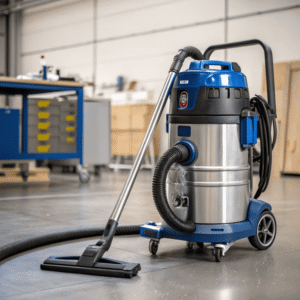
Why does Nilfisk Attix 33 take the lead? Industry experts often mention its power, construction, and advanced filter system. In my shop, we’ve run different machines side by side. This model handled everything from fine dust to broken glass with barely a hiccup. It rarely clogs. The controls are simple, so even new hires can use it without special training. Maintenance is straightforward—filters are accessible and easy to swap. Other vacuums struggle with heavy debris, but this one keeps going until the bin is full. Here is what sets it apart:
Why Nilfisk Attix 33 Leads
| Feature | Importance | Notes |
|---|---|---|
| Strong suction | Cleans faster | Handles heavy debris easily |
| HEPA cartridge filtration | Health/safety | Suitable for fine dust |
| Solid build | Durability | Withstands constant use |
| Low noise level | User comfort | Good for workshops |
| Easy maintenance | Saves time/money | Quick filter changes |
When I choose a machine for my own shop, I look for long-term value. Nilfisk models have saved me costs on repairs and kept my shop air safer. That’s why it stays at the top of my list.
What vacuum has the most suction on the market?
Some cleaning jobs need pure power. Heavy industrial spills, stubborn workshop debris, and fine dust all demand high suction.
The Kärcher NT 75/2 is known for its market-leading suction power among industrial vacuum cleaners.

On paper, suction (measured in air watts or kPa) sets the benchmark. Kärcher’s NT 75/2 delivers exceptionally high suction due in part to its dual motors. When machines tackle wet mess or bulk debris, water-lift and airflow numbers matter more than mere wattage. I’ve tested various machines—this one pulls embedded chunks right off shop floors. Its large container also means fewer stops to empty the tank. In workshops where concrete powder or sticky substances build up, this model keeps cleaning at full power, even as the tank starts to fill. It cleans faster, and the job ends sooner.
Suction Power Explained
| Vacuum Model | Suction (kPa) | Motor Type | Typical Use | Note |
|---|---|---|---|---|
| Kärcher NT 75/2 | 23 | Twin motor | Wet/dry industrial | Top for heavy debris |
| Nilfisk Attix 33 | 23 | Single motor | Dry fine particles | Strong airflow, less bulk |
| Dewalt DXV10P | 20 | Single motor | Job sites/wet bolts | Decent power, rugged |
| Makita VC4710 | 18 | Single motor | Fine dust, finishing | Best for dust control |
| Henry HVR200 | 14 | Single motor | Office/workshop | Low power, very quiet |
If raw suction is your main requirement, always check both declared suction and what users say. Sometimes, high numbers on paper don’t translate in messy real-world use. Ask colleagues, read hands-on reviews, and—if possible—try before you buy. That’s the only way to know it’s the right fit.
Conclusion
The best industrial vacuums save time and money, improve safety, and make every cleanup faster and easier.
